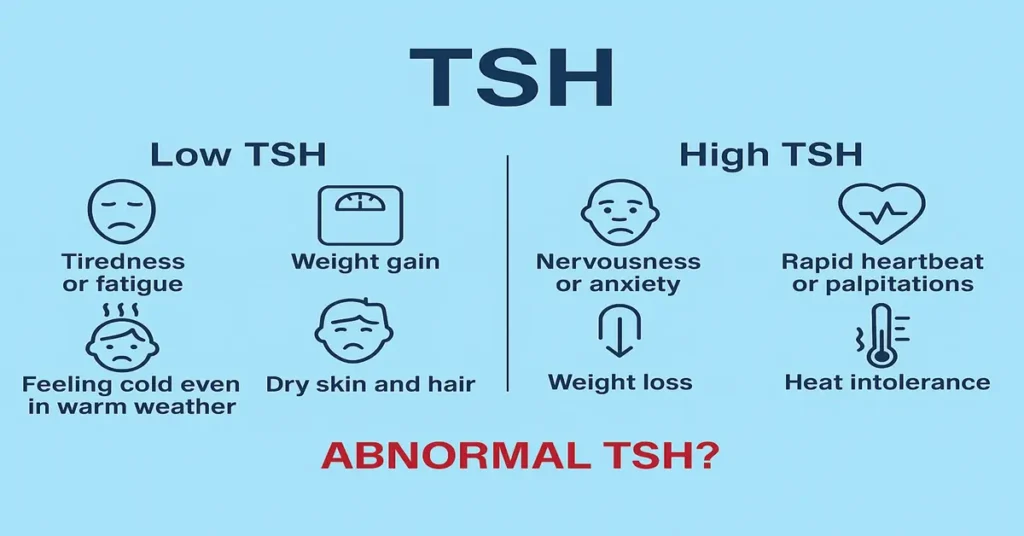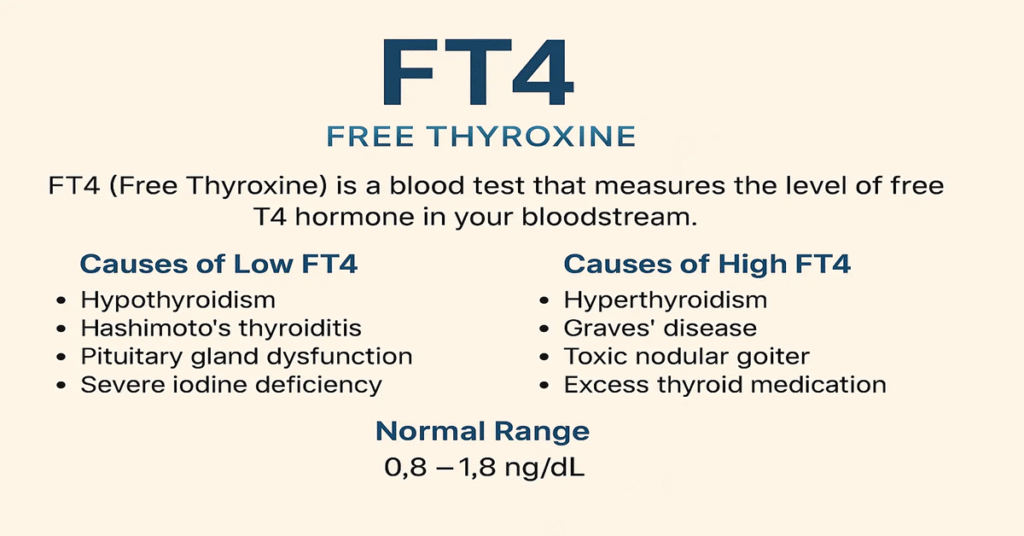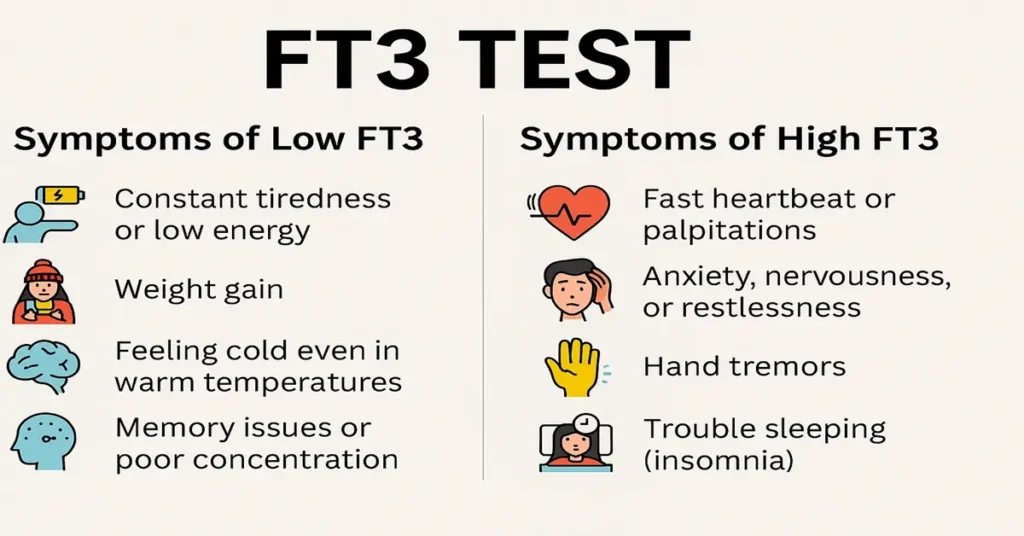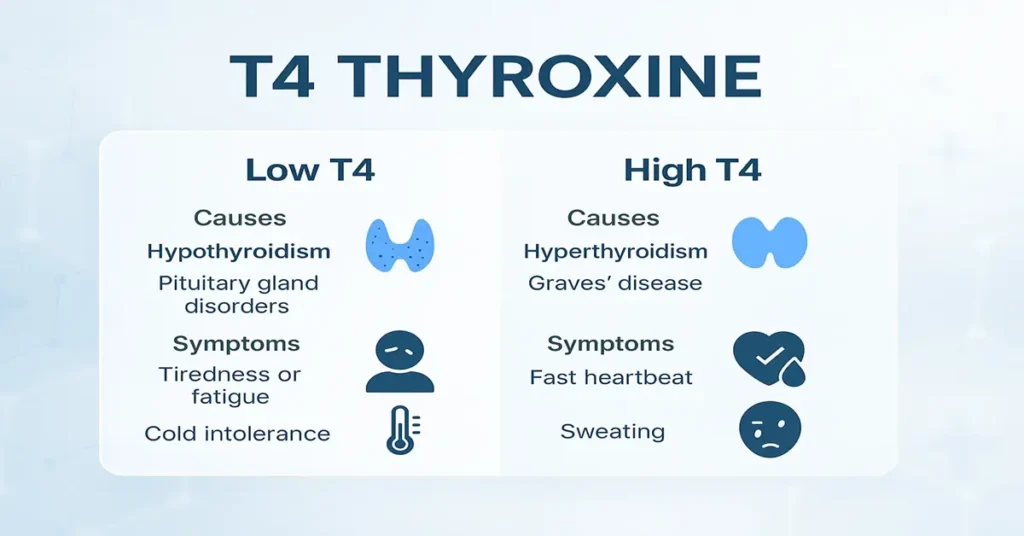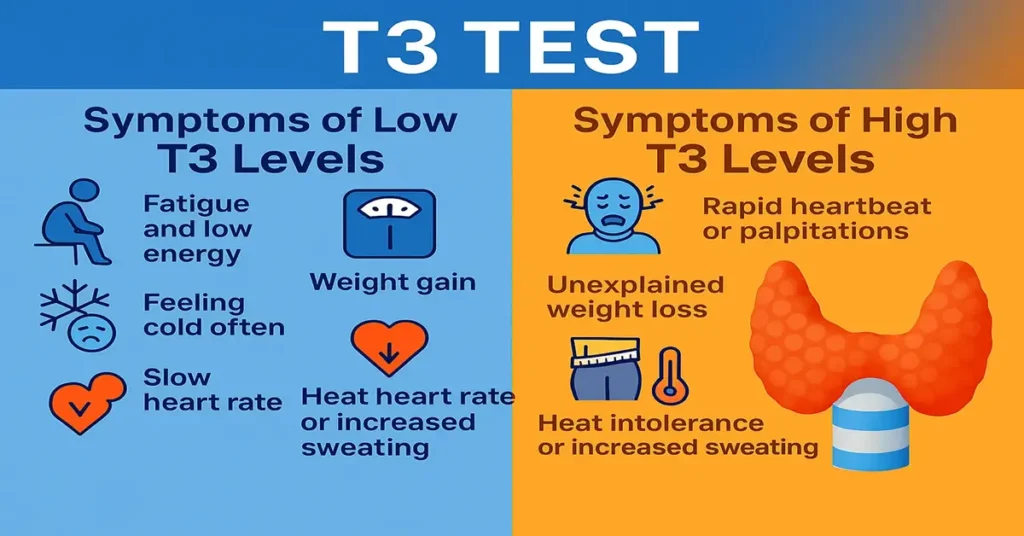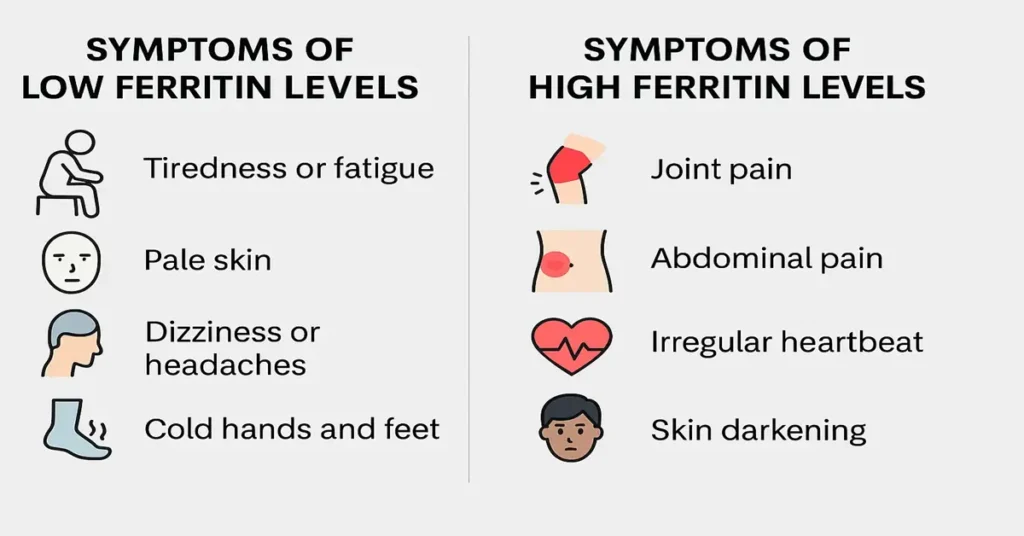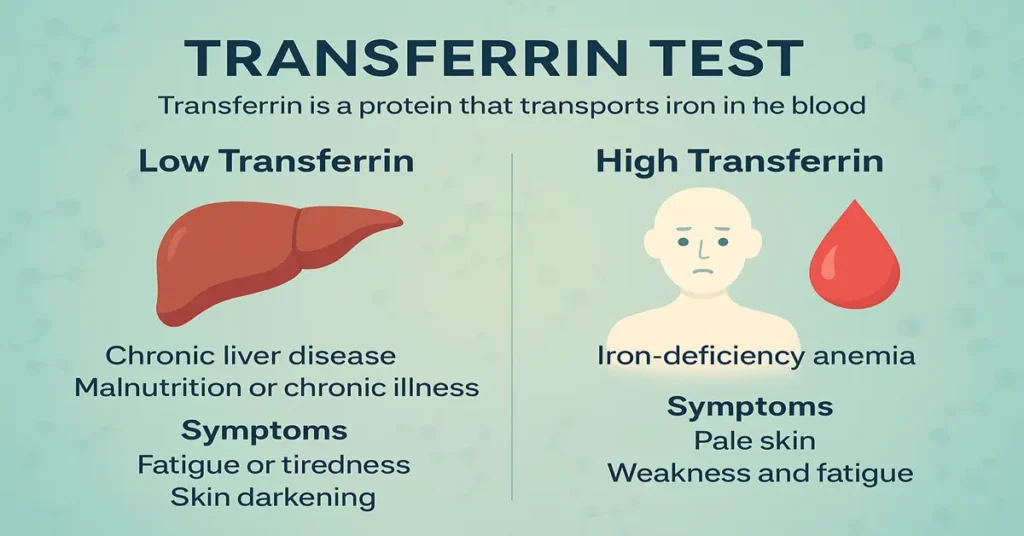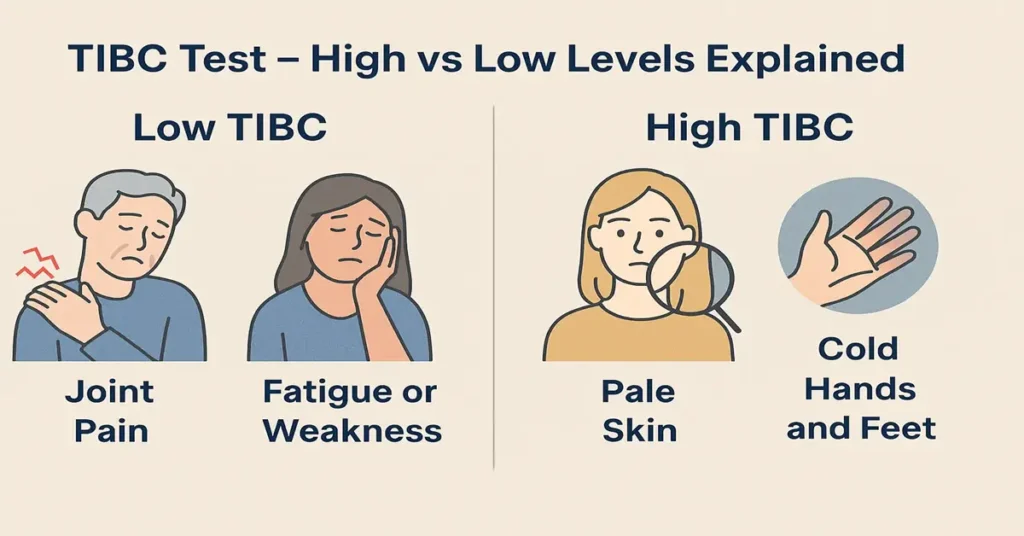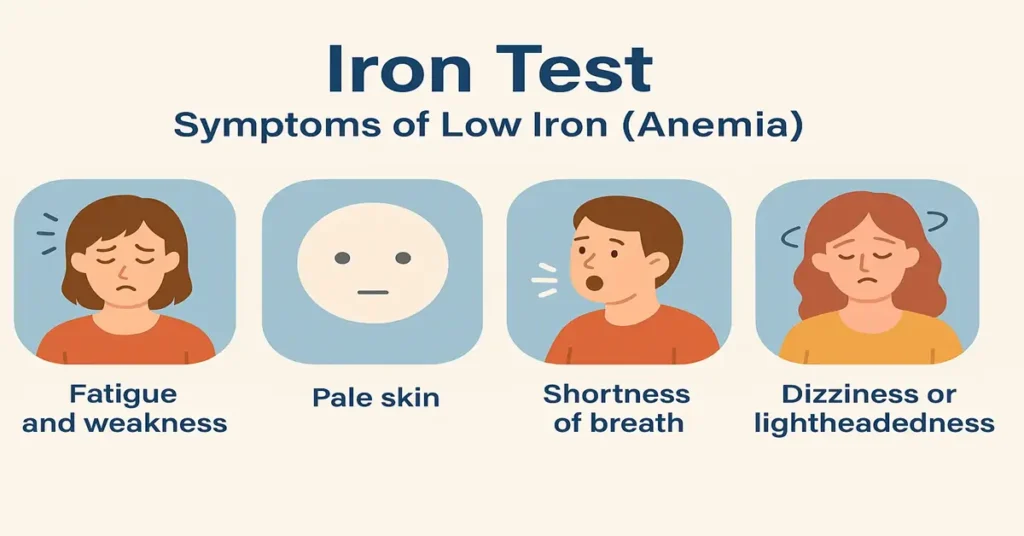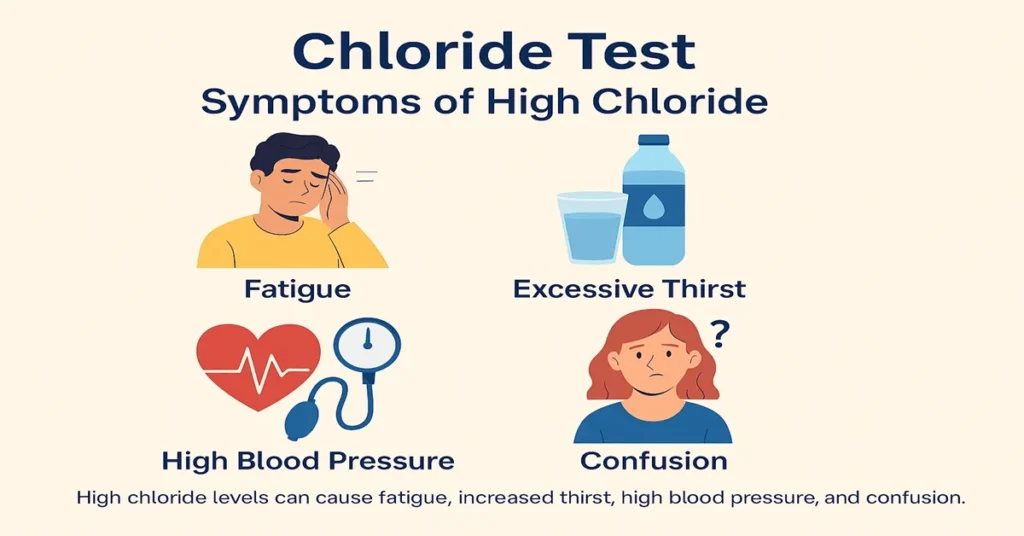TSH (Thyroid Stimulating Hormone) Test – Normal Range, Function, and Complete Guide
The TSH test measures thyroid-stimulating hormone in your blood to assess thyroid function. It helps diagnose hypothyroidism and hyperthyroidism, monitor treatment, and detect pituitary issues. Learn about its role, causes of high or low TSH, and normal reference ranges.
TSH (Thyroid Stimulating Hormone) Test – Normal Range, Function, and Complete Guide Read More »

